Sylvania Compact fluorescent lamps without integrated ballast



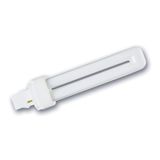
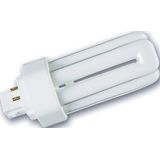
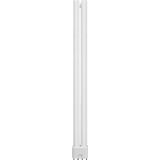
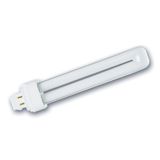
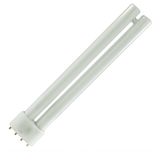
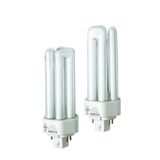




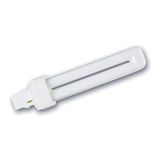
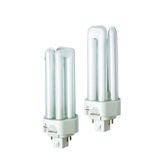




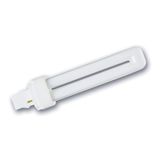




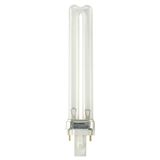
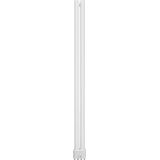
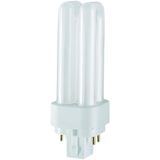


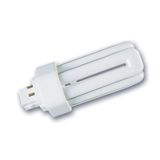
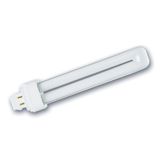

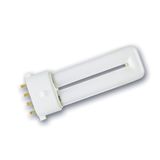
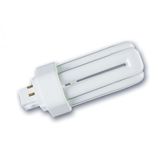

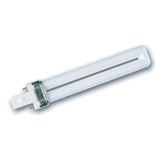
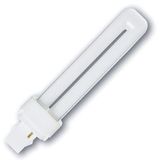
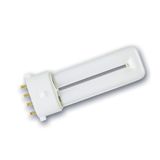

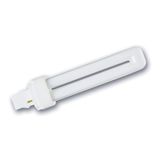
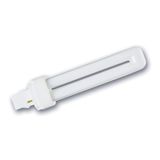
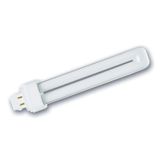

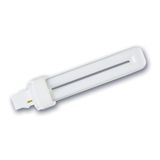
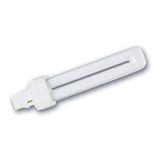

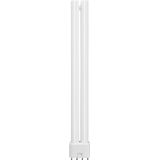
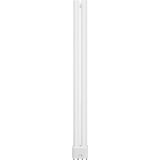
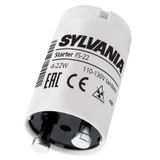

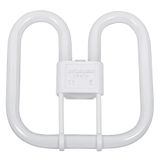
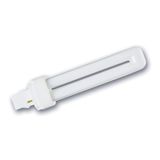
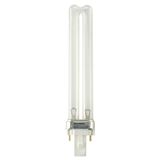
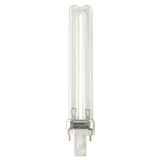

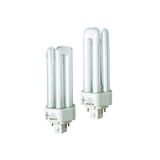

![Biax D 26w 835 2pin [White - G24D-3]](https://image-cdn.bankoflamps.com/160x160/38/38a887fdc84e3f9e95b19761c94872b98eb73c77.jpg)
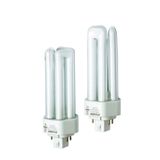
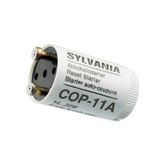
-
-
1
- 2
-
sylvania compact fluorescent lamps for professional projects
These are the CFL-ni families designed for external control gear, used where long run-hours and tight glare control matter. Output classes cover roughly 5–55 W with efficacies around 60–90 lm/W, CRI 80 typical (CRI 90 on selected lines), and CCT 2700–6500 K in ≤3 SDCM bins. Warm-up to 80% is quick on preheat electronic gear; switching endurance improves when strike counts are limited by presence logic. For multi-phase buildings, planners mark sylvania compact fluorescent lamps on the room schedule to keep caps and drivers consistent across floors.
sylvania cfl lamps without ballast formats and caps
Pin systems include 2G7 and 2G11 linear compacts, GR10q 2D forms, and G24d/q or GX24d/q plug-ins. Two-pin variants pair with magnetic ballasts and glow starters; four-pin go with electronic HF gear and emergency inverters. Typical lamp currents sit 0.17–0.32 A; end caps tolerate repeated services when holders are to IEC 60061. Operating windows are −15…+50 °C with enclosed housings, provided airflow is maintained. Specifiers choose sylvania cfl lamps without ballast when legacy luminaires must stay in place but energy and colour stability need an upgrade.
sylvania energy saving fluorescent bulbs performance metrics
Energy gains come from high efficacy at modest drive currents and from control strategies: preheat start, programmed strike, and daylight trimming. PF is defined by the ballast (≥0.95 on quality HF units), THD ≤10–15% typical, and audible noise stays below office thresholds on electronic gear. L70 lifetimes of 10,000–20,000 h are common; switching cycles and ambient heat are the main life drivers. In corridors and classrooms, teams deploy sylvania energy saving fluorescent bulbs where LED replacement is staged or where photometrics are already approved.
sylvania compact lighting tubes range overview
Lengths and geometries match common housings: 2G11 four-pin sticks for slim wall/ceiling bodies, 2G7 for pelmets, GR10q 2D plates for low-profile bulkheads, and G24/GX24 plug-ins for downlights. Optics rely on existing diffusers and louvers; ballast factor and reflector cleanliness still dominate delivered lux. For clean handovers, sylvania compact lighting tubes keep cut-out depth and cable reach identical to the outgoing lamp so crews avoid rework.
sylvania fluorescent retrofit lamps applications and compatibility
Offices, education, social housing cores, and plant corridors use these lamps where luminaires are serviceable and compliant. Two checks prevent call-backs: verify ballast class and wiring (series vs parallel) and confirm starter type when reusing magnetic gear. Emergency circuits must be upstream of local dimming. When a tender names sylvania fluorescent retrofit lamps, document breaker curves against inrush of any new electronic ballasts and keep one starter type per floor.
sylvania cfl lighting solutions integration with gear
Electronic control gear to IEC 61347-2-3 with EMC per EN 55015/61000 maintains lamp life and suppresses flicker; DALI-2 ballasts add scene and run-hour logging. Magnetic gear remains valid with correct power factor correction and quality starters. Thermal behaviour improves with clean gear trays and intact gaskets. On staged upgrades, sylvania cfl lighting solutions let facilities swap drivers first and lamps later while keeping photometry constant.
sylvania commercial fluorescent lamps selection and procurement
Start with cap/base, wattage class, and photometric target; then lock ballast family and dimming method (HF fixed, DALI-2 addressed). Standardise CCT/CRI per zone to avoid patchwork colour; keep one holder series per building so grip force and insertion depth are predictable. Stock spare lenses and holders where tabs wear. Procurement teams tag sylvania commercial fluorescent lamps by EAN/MPN and lamp code to stabilise logistics across phases.
Technical specifications and standards
- Electrical and control: 220–240 V systems; HF ballasts to IEC 61347-2-3; magnetic gear to IEC 60921; DALI-2 to EN 62386 where used.
- Photometric: CRI 80/90; CCT 2700/3000/3500/4000/6500 K; ≤3 SDCM.
- Lifetime and switching: L70 10,000–20,000 h; programmed start recommended for frequent switching.
- Thermal and environment: −15…+50 °C typical; enclosed luminaires must maintain airflow; Hg content within RoHS with WEEE end-of-life handling.
- Safety and interfaces: lamp caps to IEC 60061; holders per EN 60400; wiring terminals 0.5…2.5 mm² per EN 60999.
Applications and compatibility notes
Education and office floors rely on addressed HF gear for daylight trimming; stair cores use presence with long fade-downs; healthcare wants sealed bezels and quiet operation; plant corridors need IP65 bodies with stainless fixings. Always check socket wear and spring force; replace brittle holders during relamps. Where LED is planned later, hold driver space and thermal paths now to avoid re-cutting.
Integration with other Sylvania products
Tie these lamps to Sylvania HF and DALI-2 ballasts for stable starts and clean dimming; pair with Sylvania luminaires using the same cap patterns so bezels and depths line up. Control layers from Sylvania sensors and wall keys keep strike counts low and extend life.
Selection criteria for B2B clients
- Photometrics: target lux, reflector condition, ballast factor, and glare control with existing optics.
- Electrical: ballast type, PF/THD, inrush vs MCB curve, emergency compatibility.
- Mechanical: cap type, insertion depth, holder condition, envelope clearance.
- Operations: switching profile, stocking plan by wattage/CCT, end-of-life recycling flow.
Advantages of working with Bankoflamps
Project pricing is aligned to room schedules and live EU stock is visible before crews are booked. Quotes arrive in about an hour with EAN/MPN so variants stay fixed. Your portal lists lead times, shipment status, and downloadable price lists with validity windows suitable for phased rollouts. Approved accounts use post-payment up to 30 days. We consolidate partials to cut freight, and your account manager cross-checks cap/base, ballast class, holder type, emergency method, IP needs, and mounting clearances against your drawings so cartons land site-ready across France, the Baltics, Germany, Spain, Italy, Belgium, and the Netherlands.